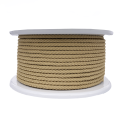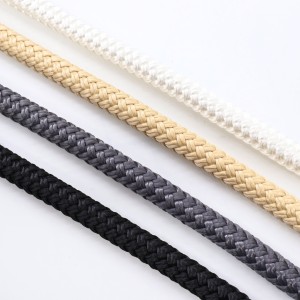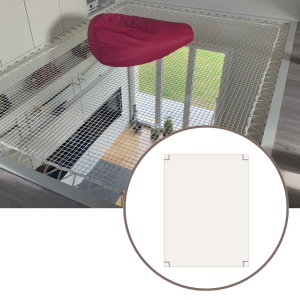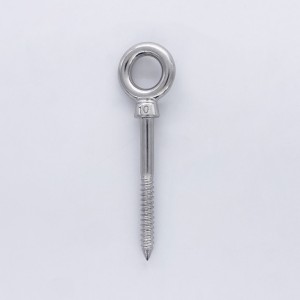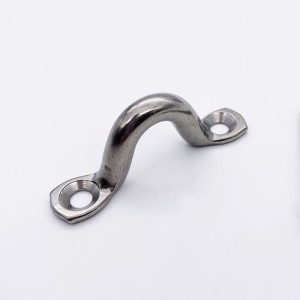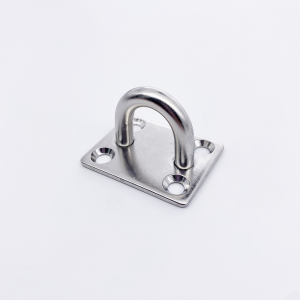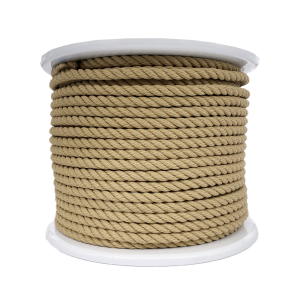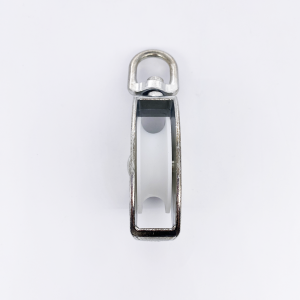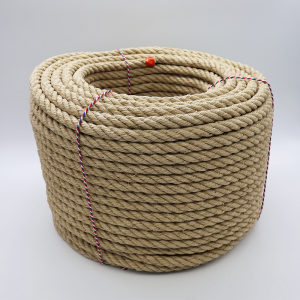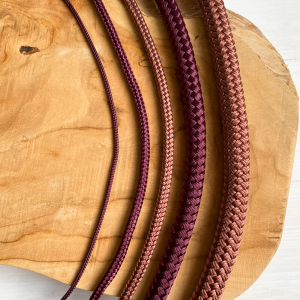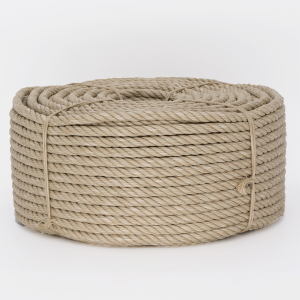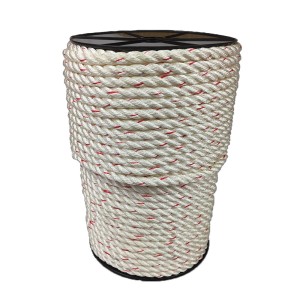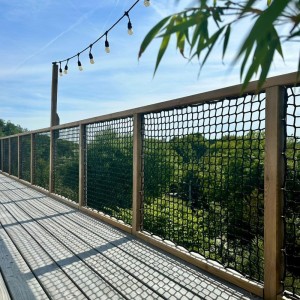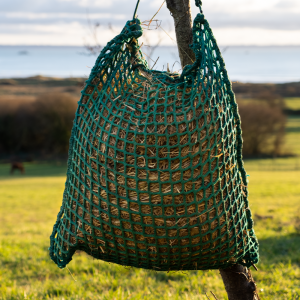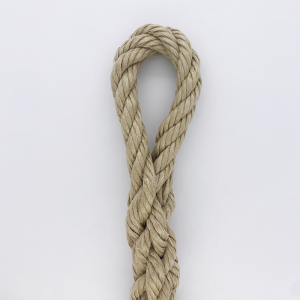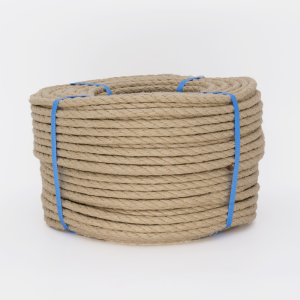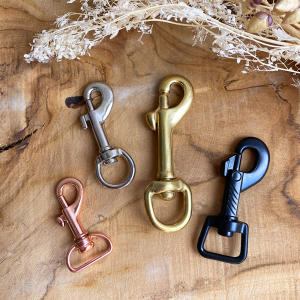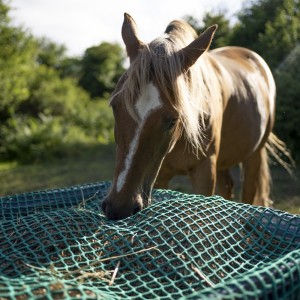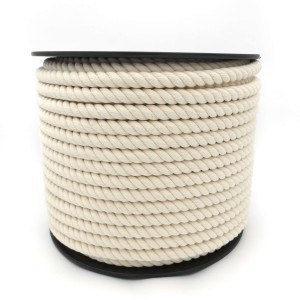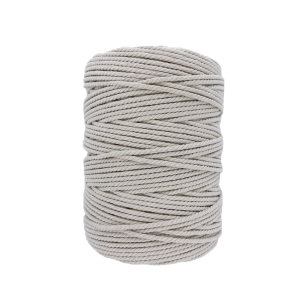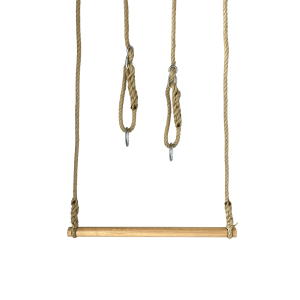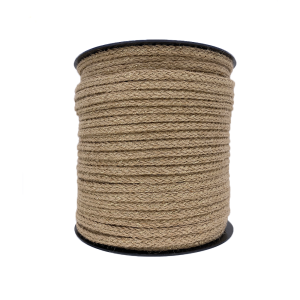Many natural fibres are used to make rope:
- hemp
- cotton
- sisal
- jute
- linen
- coconut fibre
The strongest material is hemp. The most used materials in decoration are cotton and jute.
- Polypropylene
- Textured polypropylene (synthetic hemp)
- Polyester
- Nylon (Polyamide)
- Polyethylene
- Steel
- Latex
The breaking strength of a rope varies according to its raw material, construction, density, and diameter.
The tensile strength is the tensile capacity of a new rope when it is new, static, straight, knot-free and splicing-free. A tolerance of +/- 7% is always applied for the breaking resistance of a rope. For safety, no more than 80% of the breaking load of a rope when it is new should be used.
Expressed in KG, it refers to the tension capacity at standstill (weight); while expressed in decanewton (DaN), it refers to the tension capacity in motion (weight x speed). The use of a rope reduces its breaking resistance.
The main factors that attenuate a rope’s strength are: moisture, UV rays, heat, frost, abrasion, knots, splicing and chemical agents.
- Polypropylene
- Textured polypropylene (synthetic hemp)
- Polyester
- Nylon (Polyamide)
- Polyethylene
- Steel
- Latex
 Anti UV treatment
Anti UV treatment
To stay intact in the face of prolonged exposure to the sun, our synthetics are treated to resist UV.
 Better resistance to weather
Better resistance to weather
Rain, snow, sea water... Our synthetic ropes are designed to last in the face of moisture and corrosion.
 Longer life
Longer life
The synthetic rope is suitable for long-term decoration of your exterior. You can choose the synthetic hemp rope for a natural effect guaranteed.
Polyester ropes have excellent abrasion resistance, very good knot holding and low elongation.
Polyester rope is water repellent and do not lose their strength when wet. It is non-floating. It is resistant to moisture.
Density: 1.38
Polyester has excellent UV resistance. It is ideal for long-term outdoor exposure.
Polyester fiber is resistant to mites, bacteria, mold, mineral and organic acids, oxidants and diluted alkalis.
It is sensitive to strong alkalis, some phenols, benzyl acetate and nitrobenzene.
The thermal properties of polyester ropes are as follows:
- Critical temperature: ± 180°C
- Melting temperature: ± 260°C
- Smell of hot oil with flame, black smoke
- Flame-retardant
Historically, "halyard" is the maritime name for a braided rope generally used to hoist a barge, horn or sail.
A pre-stretched cord has undergone a factory pre-stretch process to greatly limit its elongation during use.
Thermofixing is a pre-stretch performed at 100°C to improve compaction and stabilization of the fibers. This process improves the mechanical properties and life of a rope. It is reserved for high-end ropes for demanding uses.
En prévision de l’installation du filet, et selon la méthode de pose adoptée, vous aurez également besoin de plusieurs types accessoires comme des vis de fixation et une corde d'attache.
Le type de vis à privilégier dépend de la nature de la paroi (bois, béton, acier...). Un filet de repos ne peut jamais être fixé directement à du plâtre, placo ou BA13 pour des raisons de sécurité. Dans certains cas, il est d’ailleurs recommandé de poser un cadre en bois ou en acier pour sécuriser l’accroche. On conseille 1 piton ou 1 pontet tous les 15 cm.
Pour relier les vis de fixation au filet, une corde tressée est nécessaire. Elle viendra relier les mailles et les points d’ancrage pour assurer une fixation solide et homogène. La longueur de la corde doit être 3x plus longue que le périmètre du cadre.
1. Choose the frame shape
We offer several mezzanine net shapes:
-
Rectangle / Square
-
Round
-
Triangle
-
Right trapezoid
-
Isosceles trapezoid
-
Pentagon with 3 right angles
2. Provide the frame dimensions
You indicate the measurements of your opening to be covered.
We calculate the ideal net size by applying a suitable shrinkage rate. We make sure to reproduce a net shape that follows the angles of your structure.
Depending on the size of your structure and the mesh selected, the net will be 10% to 20% shorter than the dimensions you provide. This gives you enough margin to tension it properly.
After the first few days of use, your mezzanine net will stretch and will need to be tightened a second time. The gap between the net and the edges of the frame will be reduced. By having a sufficiently short net, you ensure enough margin so that your net remains taut and flat over the long term.
-
- Secure an opening to be filled
- Gain extra space
- Make use of unused areas (attic, landing, voids, cathedral ceiling...)
- Take advantage of ceiling height
- Create a storage area
- Add character to a new home
-
Indoors, as a living net: living room, bedroom, loft bed, attic...
-
Outdoors, as a sunbed net: by the pool, on a terrace, in the garden, in a treehouse...
Customer review

Elle a tendance à se tortiller sur elle même, ce qui rend le maillage plus compliqué mais se remet vite en place.
Très très belle qualité!
Conforme à la description.
Related products
You will also like
On the blog
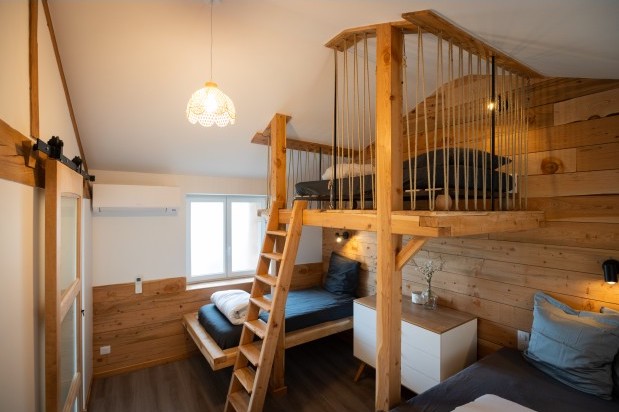
Séparer sans cloisonner : délimiter les espaces avec du cordage
Et si le cordage offrait une alternative astucieuse ? Focus sur deux installations faciles à mettre en œuvre.

